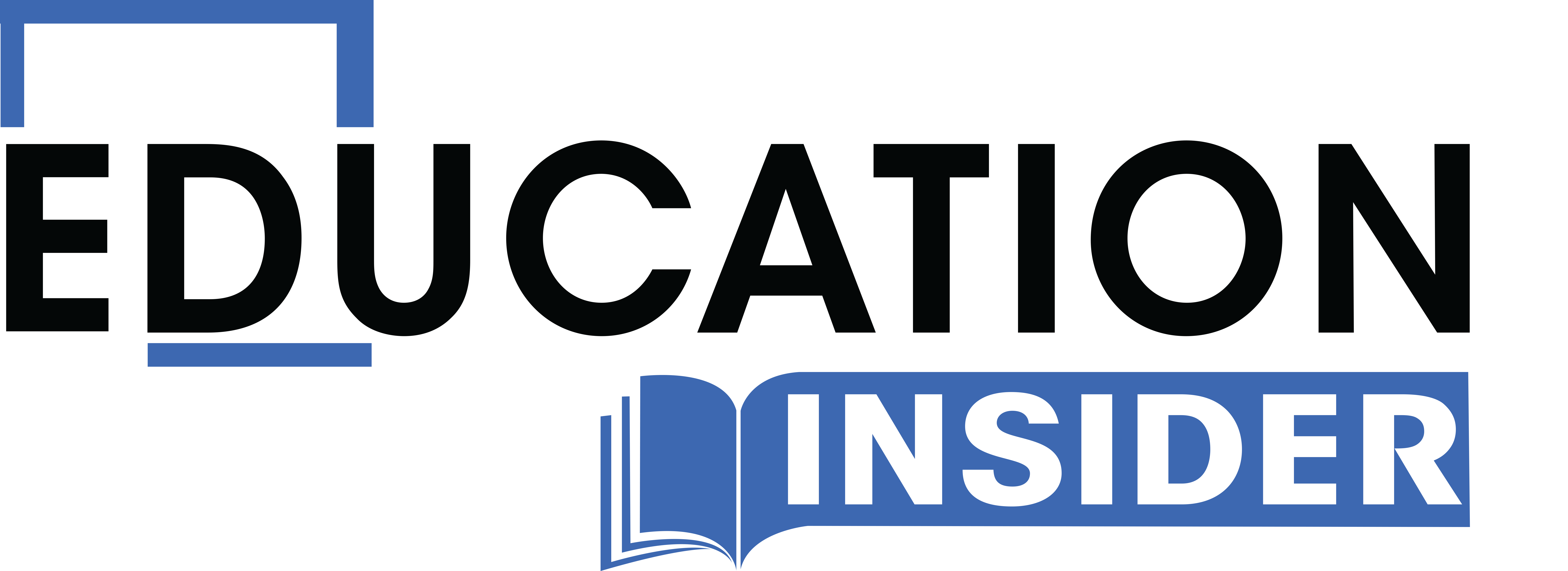| |NOVEMBER 20259INSIDEREvolution of Online LearningThe COVID-19 pandemic fundamentally transformed education, proving that high-quality learning is possible online. This shift has particularly benefited nontraditional students with families, full-time jobs or complex schedules who previously struggled to attend traditional in-person classes.The emergence of high-flex learning models represents a significant innovation. These hybrid-flexible courses allow students to choose their learning modality class by class. Students can now attend in person on campus, join synchronously online or access asynchronous materials if live participation isn't possible. This flexibility has removed significant barriers for working professionals and students with family obligations.However, the rise of online and remote work isn't without drawbacks. The ease of digital connectivity can blur work-life boundaries, potentially leading to working while sick instead of resting, difficulty disconnecting from professional responsibilities and an increased risk of burnout. The convenience of remote work can sometimes come at the cost of personal well-being.Successful educational programs will prioritize flexible learning models that respect students' diverse life circumstances. The key is creating environments that offer choice without compromising academic quality or personal well-being. The pandemic taught us that effective learning transcends physical location--a lesson likely to shape educational strategies for years.As institutions continue to adapt, they focus on providing meaningful, accessible education that meets students where they are, literally and figuratively. The future of learning is not about choosing between online and in-person but about creating seamless, supportive educational experiences that accommodate the complex lives of modern learners.Where Innovation Meets Integrity in LearningThe rapid advancement of technology, particularly artificial intelligence, presents unprecedented opportunities and significant educational challenges. As we integrate these powerful tools into learning environments, it becomes crucial to approach technological adoption with careful consideration, strategic thinking and a commitment to ethical implementation.The key to effective technological integration lies in purposeful and mindful implementation. Rather than embracing every innovation indiscriminately, educators and institutions must critically evaluate how specific technologies align with their core educational objectives. This means asking fundamental questions--Will this technology genuinely enhance learning? Does it support our pedagogical goals? Is it the most appropriate solution for our specific context?Equally important is maintaining a balanced approach that preserves human connection and personal well-being. Technology should be a tool that empowers and supports learning, not a force that overwhelms or replaces human interaction. This requires setting clear boundaries and ensuring that technological advances do not encroach upon personal time, mental health or the fundamental human aspects of education.The student experience must remain at the center of technological innovation. The rise of flexible learning models like High Flex classes demonstrates how technology can be leveraged to meet diverse student needs. By offering multiple modalities of learning--in-person, synchronous online and asynchronous options--educational institutions can create more inclusive, accessible and student-centered environments.As we progress, the most successful educational approaches will strike a delicate balance: embracing technological innovation while maintaining a deep commitment to pedagogical excellence, ethical considerations and human-centered learning. The goal is not to replace traditional education but to enhance and expand it in ways that truly serve the needs of modern learners. Technology should be a tool that empowers and supports learning, not a force that overwhelms or replaces human interaction.
<
Page 8 |
Page 10 >
